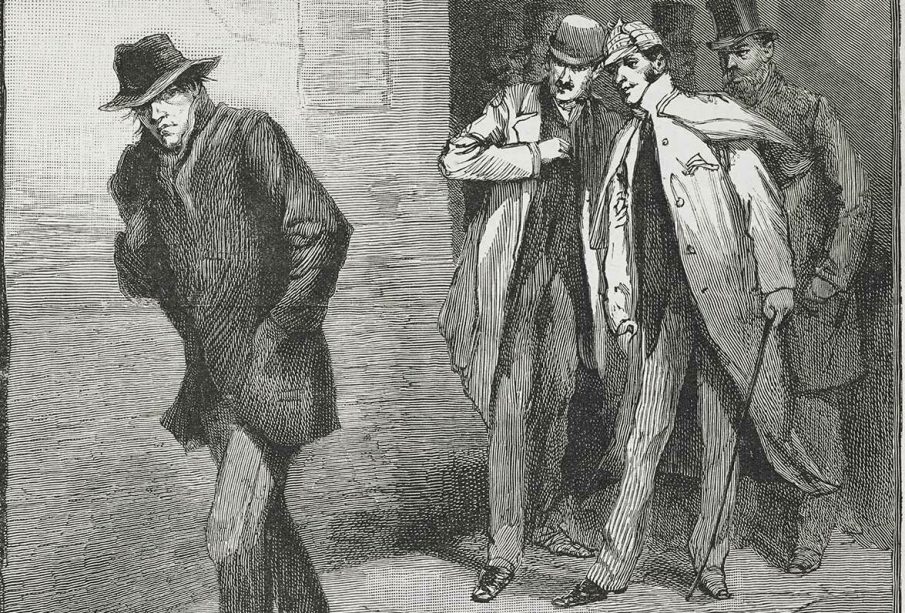Who Was Jack the Ripper? The Infamous Victorian Killer

Introduction
The figure of Jack the Ripper has captivated the public imagination since his wave of gruesome murders in 1888. As one of history’s most notorious serial killers, Ripper’s identity remains one of the greatest unsolved mysteries. His chilling tale not only highlights the grim realities of Victorian London but also opens a window into the societal issues surrounding crime and justice during that era.
The Facts Behind the Murders
In the autumn of 1888, a series of brutal murders took place in the Whitechapel district of London, leading to the deaths of at least five women, known as the “canonical five”: Mary Ann Nichols, Annie Chapman, Elizabeth Stride, Catherine Eddowes, and Mary Jane Kelly. Each victim was found with horrific injuries, indicating a level of precision that suggested the murderer had some knowledge of human anatomy. The media frenzy surrounding these events fuelled public hysteria, leading to widespread speculation about the killer’s identity.
Police Investigation and Public Reaction
The Metropolitan Police, led by Inspector Frederick Abberline, faced significant challenges in their investigation due to the chaotic nature of the area and the lack of modern forensic techniques. Letters purportedly from the killer, including one signed “Jack the Ripper”, added to the confusion and terror of the public. These letters are now considered likely hoaxes, but they helped to create a sensationalist narrative that was widely publicised in newspapers of the time.
Theories and Suspects
Over the decades, countless theories have emerged regarding Ripper’s true identity. Potential suspects have included everyone from local butchers to members of the royal family. High-profile theories suggest that he may have been a medical professional, while others propose more outlandish ideas, such as a well-known artist or a member of the upper class. The mystery continues to inspire books, films, and academics, keeping the story alive for new generations.
Conclusion
The identity of Jack the Ripper remains unsolved, symbolising the deeper issues of social unrest and crime in Victorian England. Modern advancements in forensic science have not yet solved the case, perpetuating fascination and horror around the Ripper’s legacy. As society evolves, so too does the interest in true crime, ensuring that the tale of Jack the Ripper will be told and retold, inviting ongoing debate and speculation about who he truly was and why he committed such heinous acts.









